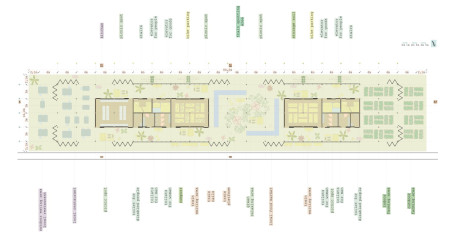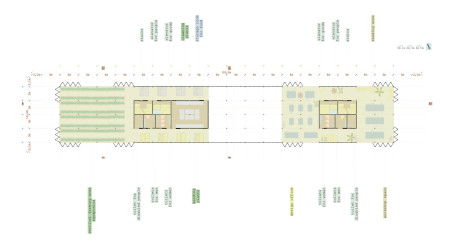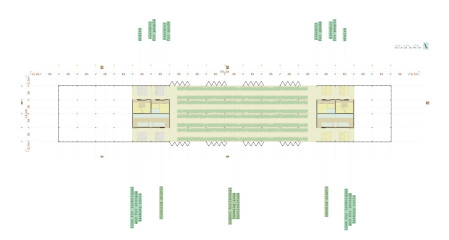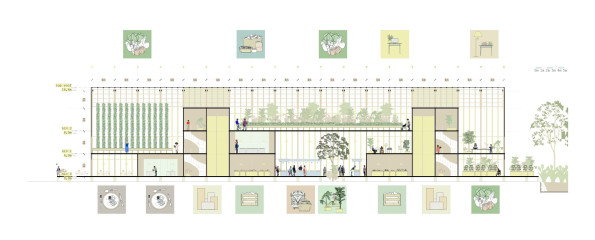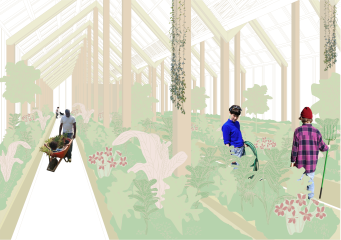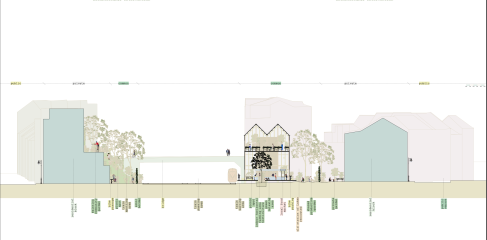Although the term infrastructure is new, the facilities, institutions and services it represents are as old as society itself. During history, infrastructure has always played a key role in the founding, maintaining and reformatting of our cities, still the infrastructural topic is rarely discussed inside architecture or urban planning. Therefore the critically rethinking of infrastructure is fundamental, not only for the progress of our cities but also for a better welfare. So this chapter concludes that infrastructure has to become a central concept in architecture and urbanism. How can we as designers and researchers use infrastructure not only as an architectural tool but also as an urban tool?
References
Ruechardt, C. (2018). EU State Aid Control of Infrastruc- ture Funding. The Netherlands: Kluwer Law International B.V.

